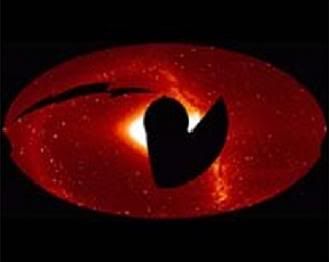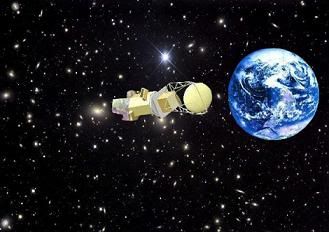Post by glactus on Nov 27, 2010 8:15:54 GMT

Solar mass ejection
A PhD student studying at Liverpool John Moores University's (LJMU) Astrophysics Research Institute has opened a new chapter in observations and understanding of the nova class of exploding star. This collaborative research with two San Diego universities has shown that even the brightest stellar explosions are being missed.

The Coriolis satellite
The work of student Rebekah Hounsell is actually a by-product of a U.S. spacecraft program which observes the Sun and is led from the University of California, San Diego.
Allen Shafter, an expert on novae who is based at San Diego State University and Rebekah raised the alert that the spacecraft was detecting exploding stars and this began a new line of investigation yielding unprecedented detail of the evolution of the brightness of several nova explosions.
Rebekah explained: "Even today 'new stars' (novae) are mainly discovered by amateur astronomers around the world who then alert their professional counterparts to conduct observations across the electromagnetic spectrum in an attempt to understand more about these stellar explosions."
Rebekah's project uses data from the SMEI (Solar Mass Ejection Imager) which was designed by UC San Diego and Birmingham University, on board the Coriolis satellite. SMEI, which maps out the entire sky over its 102 minute orbit, has followed in unprecedented detail the rise to maximum of several novae.
The light curves have already presented data on phases that previously were both poorly covered observationally, and are poorly understood.
Rebekah continued, "So far this research has shown that some novae become so bright that they could have been easily detected with the naked eye by anyone looking in the right direction at the right time but are being missed, even in our age of sophisticated professional observatories ".
"The data have in fact opened a new chapter in our observations and understanding of novae".
sun & planet
Credits: This is part text only. See full text with image, and all scientists involved at Space daily express.
www.spacedaily.com/reports/Exploding_Stars_What_Are_We_Missing_999.html


